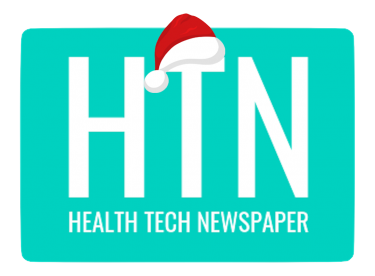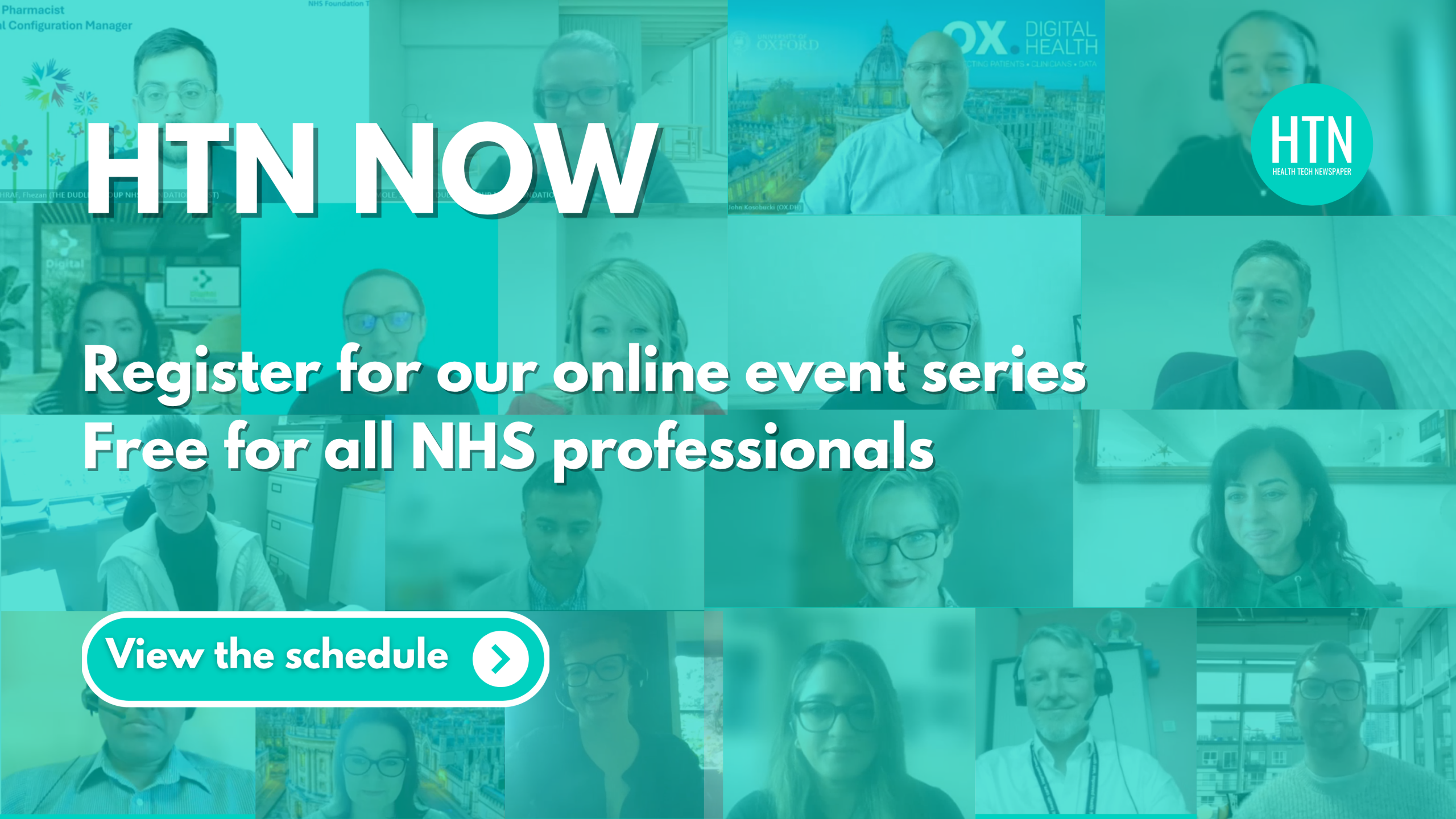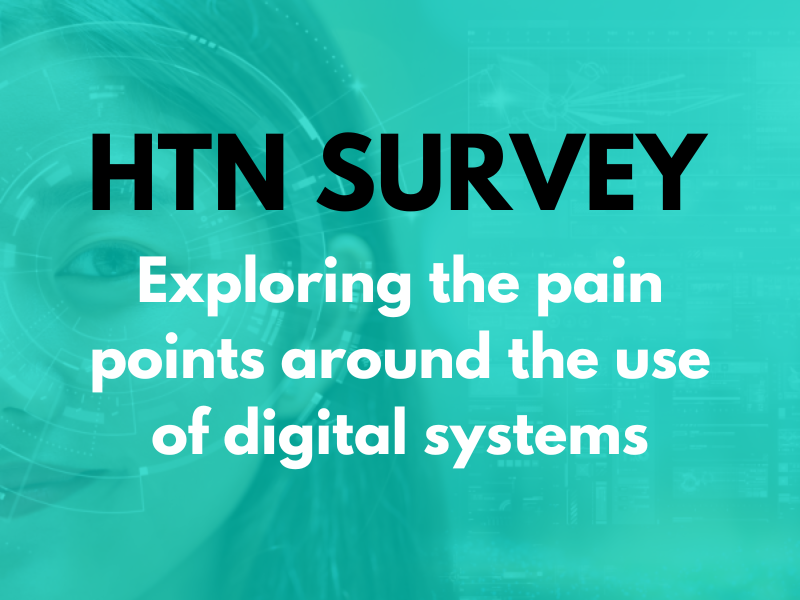For HTN’s latest interview, we spoke with Julian Coe, managing director at X-on Health, to discuss the future of the digital front door in primary care, including what good looks like, the importance of the user experience and approaches to improving primary care. We discussed complicated vs complex in primary care, how best to serve people in a way they want to be served, and how to support primary care with change in the future.
To start us off, Julian provided his own definition of a digital front door as “a way that delivers a good patient experience and helps the surgery manage the demand they’re facing with the capacity they’ve got”, while adding that an advanced cloud-based telephony system “should absolutely be part of the digital front door”.
Complicated vs complex in primary care
Julian then went on to highlight one of X-on Health’s key messages, which concentrates on drawing a distinction between the complicated and the complex when it comes to primary care. He explained that primary care is “complicated in that there’s a lot of demand and there’s a lot of parts to put together, but actually it’s not complex,” going on to state how “complex systems bring lots of unknowns”.
He expressed that the goal of all tech providers should be to make things easier, with a focus on “helping you get the answer you want first time as quickly as possible,” adding that solutions should also be “omni-channel with everything you want to know being accessible via your smartphone, if that is your preferred channel”.
Tackling the challenges of digital in primary care
In order to tackle some of the more complicated aspects of digital in primary care, Julian noted how important it is to “serve people in the way they want to be served,” which to him means “automating all the different elements” and then taking the “simple steps of linking up all the automations to make the system work.”
However, he also recognised the extent of this undertaking, highlighting that in order “to improve the patient experience and improve access to primary care, you’ve got to help 6,400 surgeries in England.” But with a surprising number of these surgeries “only just removing fax lines,” Julian noted that “giving them a choice of 25 to 30 telephony providers, online consultation providers and website providers and then telling them to link it up to the NHS” just makes things more complicated, especially from the practice manager point of view. “You can introduce the fanciest bit of AI,” Julian added, “but it’s not going to be able to answer a question or do what you want unless you have someone there to hook it up and make it work.”
He went on to use X-on Health’s telephony system as an example, explaining, “we’ve got our telephony system in 3,600 surgeries and not many of them use it to the fullest extent. And that’s the same with any software system.” To address this challenge, Julian highlighted the team’s new “managed service ethos” in which they spend more time with each surgery “to take them through making simple changes in their telephony system”. This includes helping the surgery to switch on the features they need and understand how to “make use of it all”.
Julian also outlined their three-pronged approach to delivering new systems, which includes bringing together technology, expertise and data to better “affect change” within these surgeries.
Tudor Lodge case study
To demonstrate the success of X-on Health’s approach, Julian used the example of their award-winning case study at Tudor Lodge Health Centre, where they performed a full audit looking at “how access was working for them”. This included reviewing the centre’s telephony data, their online consultation data and NHS app usage.
“We did a very large patient survey in multiple languages so people could answer in their own native tongue,” Julian explained, with the results showing “53% of the patient population who responded to the survey having never used the online booking solution”. In response to this, X-on Health looked at simple fixes to help improve the service, including the introduction of their chatbot and a dashboard that shows the flow of data, while also “providing them with a managed service” which focused on linking everything together.
The future of primary care and the digital front door
Julian then outlined how X-on Health’s new approach and ethos fits in with the future of primary care over the next three years. He emphasised the need for guidance when it comes to implementing new tools and software, highlighting the fact that “there’s lots of tech that can change the world, but our strongest message overall is about deploying it”. Julian added that “self-learning is nowhere near as simple as being given a hand” and that there should be a particular focus on “helping the practice manager”.
Julian then went on to speak about the importance of consolidating tech to “make it easier” for surgeries and practitioners to use these tools. Using the NHS App as an example, he said, “the drive to the NHS App is totally valid and it has all that fantastic functionality, but unless it speaks to you on an individual level and unless your surgery is using it to refer you to the right local services, you’re probably not going to use it”. He then emphasised the importance of using solutions that work “down on the ground. Otherwise, it’s just another bit of tech that’s procured centrally and does nothing.”
Julian also spoke about the introduction of AI voice agents as part of the digital front door, stating that “at the moment, you can ring up and speak to one of these voice agents in multiple languages and it will understand what you’re asking, but unless you’ve connected it to the patient management system, it has no idea what appointments to give you.” This linked back to his focus on consolidating systems, but also allowed him to emphasise the potential for this type of tech, especially when it comes to personalisation. He explained how “the ability to personalise is moving very rapidly, so we will have the perfect receptionist for you shortly,” referencing X-on Health’s plans to introduce their own voice agent as part of their offering.
Building the case for change
With all these challenges and ideas in mind, we spoke about how to implement the necessary changes within primary care and what the case for change would look like, with Julian stating that “there’s absolutely zero case for the current status”.
He expanded on this by using online shopping as a comparison to healthcare services, explaining that with online shopping we get “minute-by-minute tracking of where the van is and when the delivery is coming”, but we don’t get the same service when it comes to the more “important experience” with a GP.
When considering how to address this, Julian explained that ultimately, “it’s not really a tech issue. It’s about how we use the tech to help the GPs provide the service to the patient.” From his perspective, Julian noted how “we should make the tools available to GPs to make it easier for them to provide that level of customer experience” and ease the burden when they’re already “tasked with managing their own business, managing complicated workflows and being fantastic clinical providers.”
Adding to this, Julian also highlighted that “one of the really important facets of improving patient access is that we return to healthcare professionals having more time to provide care and to achieve a more proactive healthcare model rather than a reactive one”. He emphasised how tech should help clinicians focus on “doing what they’re there to do rather than being workflow models”, which she said is “a real core facet of what we’re trying to achieve” at X-on Health.
Key considerations for the future
Julian’s final comments focused on the key considerations that should be taken into account for the future of primary care and the digital front door. He suggested that “people have got to start buying solutions and not individual point systems” which require them to “try and put it all together”. However, he also added that this should be beholden to the powers of the NHS who should only “procure solutions that deliver outcomes” and “make the tech providers responsible for delivering those outcomes rather than selling them.”
He emphasised the importance of digital for the future of primary care, stating, “I don’t want to underplay what technology can do,” but also added that their main focus will be on “trying to simplify and consolidate all these tools” in order to make things easier for the surgeries using it. Julian ended our discussion by reiterating the fact that introducing new tech systems is no good “unless you do the hard yards down on the ground and link everything up.”
We’d like to thank Julian for taking the time to talk to us and provide their expert insights on this topic.






